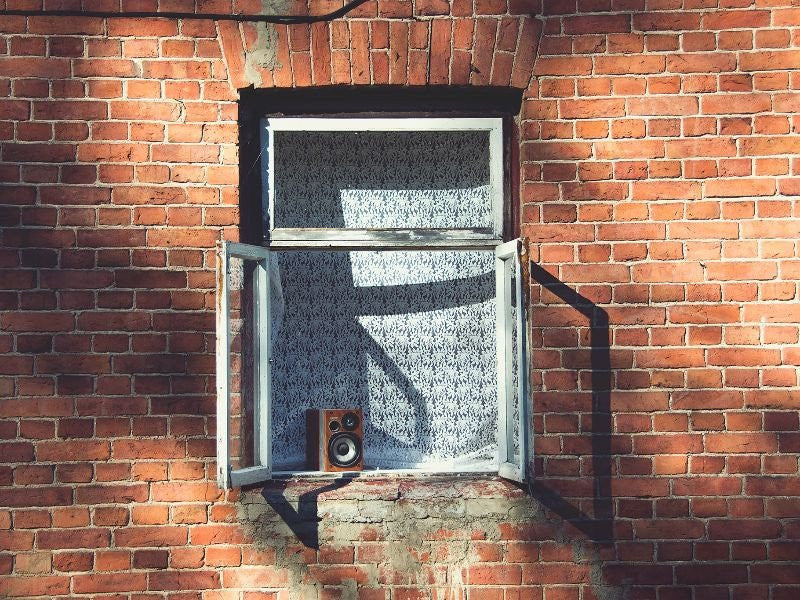The Curse of Bad Acoustics
The movement of sound waves is difficult to predict once they leave the speakers. The physics of propagation is complicated and reflection, dispersion and reverberation plague your room even if you can’t see it. Unless your home theater system was not set up by a professional, chances are that you’re not getting the best out of your existing setup. Proper acoustics are required to get the best out of your home theater and the furniture in the room plays a big role in that.
The Couch Confusion: There’s not much to do about speaker placement and seat positioning, you’d think. Just plop the speakers on either side of the TV and you’re good to go. But that’s incorrect. For the best sound, you will need to take distance and angle into account. Roughly, you’ve got to make an equilateral triangle with the speakers and your ears, so accommodate your seating accordingly. Subwoofers are usually placed in the corner for a more impactful bass. Back speakers need to be located equidistant to the seats at an angle of about 135 degrees. The side speakers are at right angles to the line joining your eyes and the center channel. Couches and recliners make great seats. They’re both absorbers. however, Couches are more economic and don’t take as much space as recliners.
W&W - Walls and Windows: To test out the severity of the plagues in your room, clap your hands. Do you hear a ‘ringing’ afterwards? This means that your room is live, i.e, it reflects too much sound. Although, regular drywall is a decent surface for home theater walls, large bare portions act as great reflectors. Therefore, break up these large flat surfaces. Bookshelves are a great way to tame reflections. Acoustic wall panels are also a great buy. Windows are another menace. The glass panes reflect sound and cause audio distortion. The best way to deal with them is getting heavy curtains.
The Ground You Walk On: Hardwood and tiled floors are great. They look classy and they’re not particularly difficult to maintain. However, hard floors reflect the high frequencies, making them sound louder. Getting rugs and placing them in front of the speakers - at the point of first reflection- will reduce the “liveliness” of the room and will result in a far clearer and focused sound from the speaker. Similarly, wall-to-wall carpets, with cushy pads underneath, absorbs ambient sound and contributes to coziness.
Stands, Cabinets and Tables: Tables provide reflection and interference similar to the floors. Avoid buying the hard coffee table to keep in between the TV and the couch. Choose a side table instead. Cabinets for speakers look aesthetically pleasing, but they’re a bad buy. Don’t place speakers on any furniture that holds any of your home theater components. The vibrations will affect the sound. Stands are a great alternative. Choose sturdy, stable stands which will go along with the interior decor of the room. Avoid placing metallic showpieces in the room. Metals are notorious for reflecting sound waves blatantly.
The Ceiling: You can treat the ceiling too, if your floor is carpeted, but don’t overdo it. Adding acoustic panels on the ceiling depends on the ceiling height, and your seating position. If your seat is closer to the speakers, relative to the height of the ceiling then the panels are not necessary.
The sound in an acoustically treated room takes on an entirely different dimension. It is more magical and crisp. And right furniture goes a long way in fixing your room acoustics. So, avoid metal, use soft furnishings, get carpets, some absorbent and have a mind blowing home theater experience.






Comments
0 comments